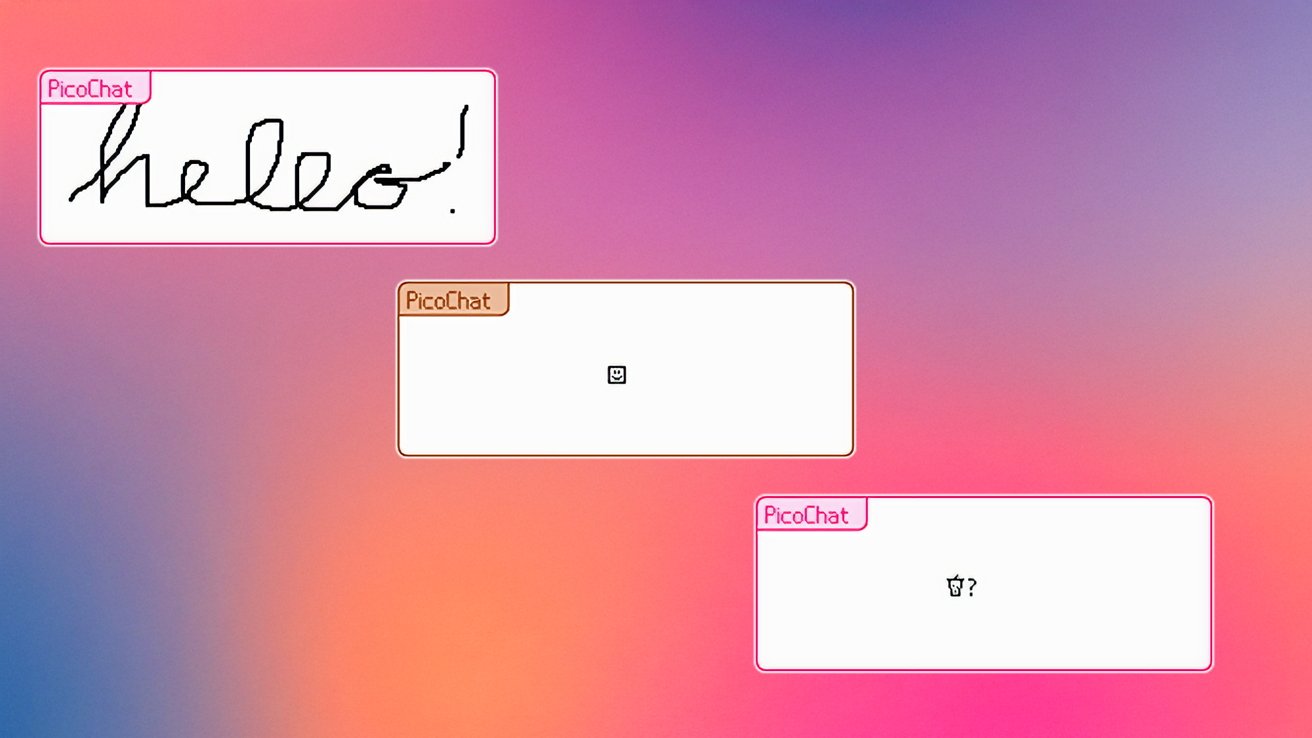How to Post Articles to Dev.to with an AI Assistant (2025 Edition) v2
Automating Dev.to Article Publishing with GitHub Actions and Node.js: A Workflow Overview This guide was revised on May 7, 2025. The description was updated to clarify that this is a comprehensive and practical guide, reflecting the latest best practices. [This article was updated on May 7, 2025 to demonstrate the overwrite feature. The content below reflects the latest revision.] This document outlines a workflow for automating the publishing of Markdown articles to Dev.to using Node.js scripts and GitHub Actions. The actual implementation (such as scripts and configuration files) can be generated by AI or created by a developer, making this guide suitable for both human and AI readers. Forem and the Dev.to API as the Foundation This workflow is designed based on the fact that Dev.to is built on the Forem platform. Forem provides a public API (see: https://developers.forem.com/api/v1) that enables programmatic interaction with Dev.to, including publishing articles, retrieving user data, and more. For this workflow, the AI assistant (not the user) has read and understood the Forem API documentation. The automation process leverages the API's article publishing endpoints, allowing scripts to post Markdown content directly to Dev.to. This ensures the workflow is robust, up-to-date, and aligned with Dev.to's official capabilities. By utilizing the Forem API, this workflow can be adapted or extended to other Forem-based communities in the future, not just Dev.to. 1. Overview The goal is to enable automatic publishing of Markdown articles to Dev.to whenever new content is pushed to a GitHub repository. This is achieved by combining: A Node.js script (generated by AI or written by a developer) that reads Markdown files and posts them to the Dev.to API. A GitHub Actions workflow that triggers the script on repository updates. 2. Workflow Steps Prepare Your Repository Structure Organize your articles in a dedicated directory (e.g., articles/). Place your automation script (e.g., publish-to-devto.js) at the project root. Set up a GitHub Actions workflow file in .github/workflows/. Generate the Node.js Script The AI assistant, in agreement with the user, determined that robust article management (including update/overwrite support) is essential for practical operation. The AI implemented a solution where: Each article file is associated with a unique Dev.to article ID, managed in a metadata file. On new article creation, the script saves the returned Dev.to ID for future updates. On subsequent edits, the script uses the stored ID to update the corresponding Dev.to article instead of creating duplicates. Use an AI tool or write a script that: Reads Markdown files with front matter (title, tags, etc.). Formats the content for the Dev.to API. Sends HTTP requests to publish articles using the Dev.to API key. Manages article IDs for update/overwrite support. Configure the GitHub Actions Workflow Create a workflow YAML file that: Runs on push events (e.g., when articles are added or updated). Installs necessary dependencies (as specified by the script). Executes the Node.js script. Uses repository secrets to securely provide the Dev.to API key. Store Secrets Securely Add your Dev.to API key as a GitHub Actions secret (e.g., DEVTO_API_KEY). Publish Workflow When a new article is pushed, the workflow runs automatically. The script posts the article to Dev.to without manual intervention. Important Notes for Dev.to API Usage Tag Limit: The Dev.to API allows a maximum of 4 tags per article. If you specify more than 4 tags in your Markdown front matter, the API will return an error and the article will not be published. Always ensure your tags array contains 4 or fewer items. Error Handling: If the workflow fails, check the number of tags and other required fields in your article front matter first. 3. Notes for AI or Human Implementers The actual code for the Node.js script and workflow file can be generated by an AI assistant or written manually. Ensure that dependencies (such as HTTP and Markdown parsing libraries) are included as needed. Follow best practices for API authentication and error handling. This workflow is adaptable: you can extend it to support other platforms or additional automation steps. 4. Example Use Case A user writes a Markdown article and pushes it to the repository. The GitHub Actions workflow is triggered. The AI-generated script publishes the article to Dev.to using the API. Revision History May 7, 2025: Updated the description and added a note at the beginning of the article to clarify the scope and best practices reflected in this guide. This document serves as a conceptual guide. For concrete implementation, use an AI tool or refer to sample scripts and workflow files tailored to your needs.

Automating Dev.to Article Publishing with GitHub Actions and Node.js: A Workflow Overview
This guide was revised on May 7, 2025. The description was updated to clarify that this is a comprehensive and practical guide, reflecting the latest best practices.
[This article was updated on May 7, 2025 to demonstrate the overwrite feature. The content below reflects the latest revision.]
This document outlines a workflow for automating the publishing of Markdown articles to Dev.to using Node.js scripts and GitHub Actions. The actual implementation (such as scripts and configuration files) can be generated by AI or created by a developer, making this guide suitable for both human and AI readers.
Forem and the Dev.to API as the Foundation
This workflow is designed based on the fact that Dev.to is built on the Forem platform. Forem provides a public API (see: https://developers.forem.com/api/v1) that enables programmatic interaction with Dev.to, including publishing articles, retrieving user data, and more.
For this workflow, the AI assistant (not the user) has read and understood the Forem API documentation. The automation process leverages the API's article publishing endpoints, allowing scripts to post Markdown content directly to Dev.to. This ensures the workflow is robust, up-to-date, and aligned with Dev.to's official capabilities.
By utilizing the Forem API, this workflow can be adapted or extended to other Forem-based communities in the future, not just Dev.to.
1. Overview
The goal is to enable automatic publishing of Markdown articles to Dev.to whenever new content is pushed to a GitHub repository. This is achieved by combining:
- A Node.js script (generated by AI or written by a developer) that reads Markdown files and posts them to the Dev.to API.
- A GitHub Actions workflow that triggers the script on repository updates.
2. Workflow Steps
-
Prepare Your Repository Structure
- Organize your articles in a dedicated directory (e.g.,
articles/). - Place your automation script (e.g.,
publish-to-devto.js) at the project root. - Set up a GitHub Actions workflow file in
.github/workflows/.
- Organize your articles in a dedicated directory (e.g.,
-
Generate the Node.js Script
- The AI assistant, in agreement with the user, determined that robust article management (including update/overwrite support) is essential for practical operation.
- The AI implemented a solution where:
- Each article file is associated with a unique Dev.to article ID, managed in a metadata file.
- On new article creation, the script saves the returned Dev.to ID for future updates.
- On subsequent edits, the script uses the stored ID to update the corresponding Dev.to article instead of creating duplicates.
- Use an AI tool or write a script that:
- Reads Markdown files with front matter (title, tags, etc.).
- Formats the content for the Dev.to API.
- Sends HTTP requests to publish articles using the Dev.to API key.
- Manages article IDs for update/overwrite support.
-
Configure the GitHub Actions Workflow
- Create a workflow YAML file that:
- Runs on push events (e.g., when articles are added or updated).
- Installs necessary dependencies (as specified by the script).
- Executes the Node.js script.
- Uses repository secrets to securely provide the Dev.to API key.
- Create a workflow YAML file that:
-
Store Secrets Securely
- Add your Dev.to API key as a GitHub Actions secret (e.g.,
DEVTO_API_KEY).
- Add your Dev.to API key as a GitHub Actions secret (e.g.,
-
Publish Workflow
- When a new article is pushed, the workflow runs automatically.
- The script posts the article to Dev.to without manual intervention.
Important Notes for Dev.to API Usage
-
Tag Limit: The Dev.to API allows a maximum of 4 tags per article. If you specify more than 4 tags in your Markdown front matter, the API will return an error and the article will not be published. Always ensure your
tagsarray contains 4 or fewer items. - Error Handling: If the workflow fails, check the number of tags and other required fields in your article front matter first.
3. Notes for AI or Human Implementers
- The actual code for the Node.js script and workflow file can be generated by an AI assistant or written manually.
- Ensure that dependencies (such as HTTP and Markdown parsing libraries) are included as needed.
- Follow best practices for API authentication and error handling.
- This workflow is adaptable: you can extend it to support other platforms or additional automation steps.
4. Example Use Case
- A user writes a Markdown article and pushes it to the repository.
- The GitHub Actions workflow is triggered.
- The AI-generated script publishes the article to Dev.to using the API.
Revision History
- May 7, 2025: Updated the description and added a note at the beginning of the article to clarify the scope and best practices reflected in this guide.
This document serves as a conceptual guide. For concrete implementation, use an AI tool or refer to sample scripts and workflow files tailored to your needs.










































































![Beats Studio Pro Wireless Headphones Now Just $169.95 - Save 51%! [Deal]](https://www.iclarified.com/images/news/97258/97258/97258-640.jpg)















































































































































































































































![[The AI Show Episode 146]: Rise of “AI-First” Companies, AI Job Disruption, GPT-4o Update Gets Rolled Back, How Big Consulting Firms Use AI, and Meta AI App](https://www.marketingaiinstitute.com/hubfs/ep%20146%20cover.png)































































































































































































































































